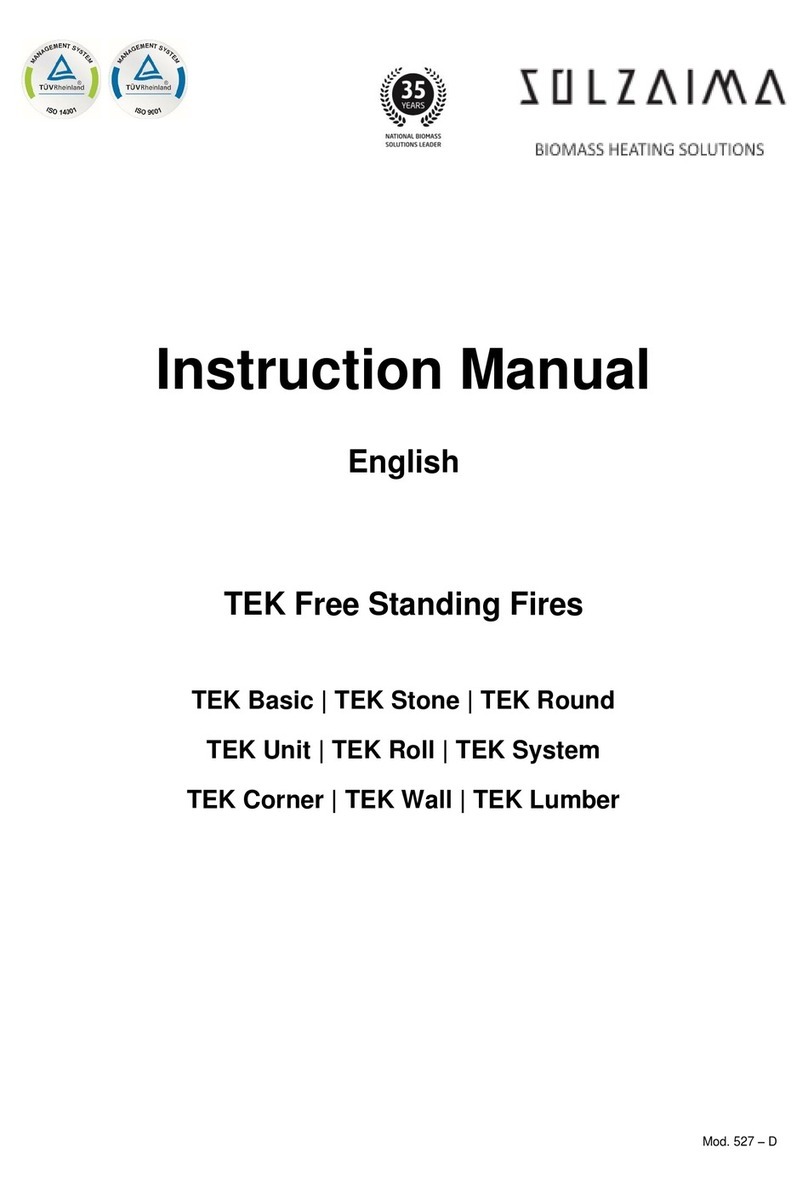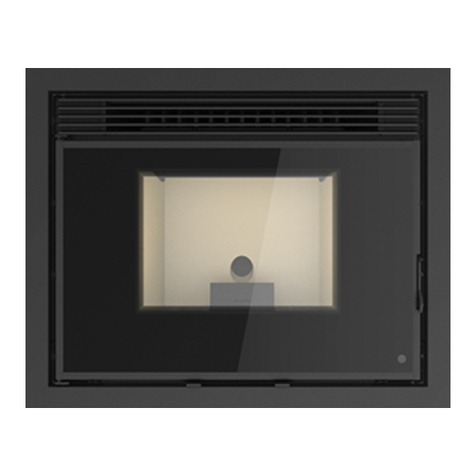SOLZAIMA Trevi 850 User manual




















This manual suits for next models
1
Table of contents
Other SOLZAIMA Indoor Fireplace manuals
Popular Indoor Fireplace manuals by other brands

Monessen Hearth
Monessen Hearth LO-Rider Designer Vent Free Fireboxes LSTF36 Product specifications
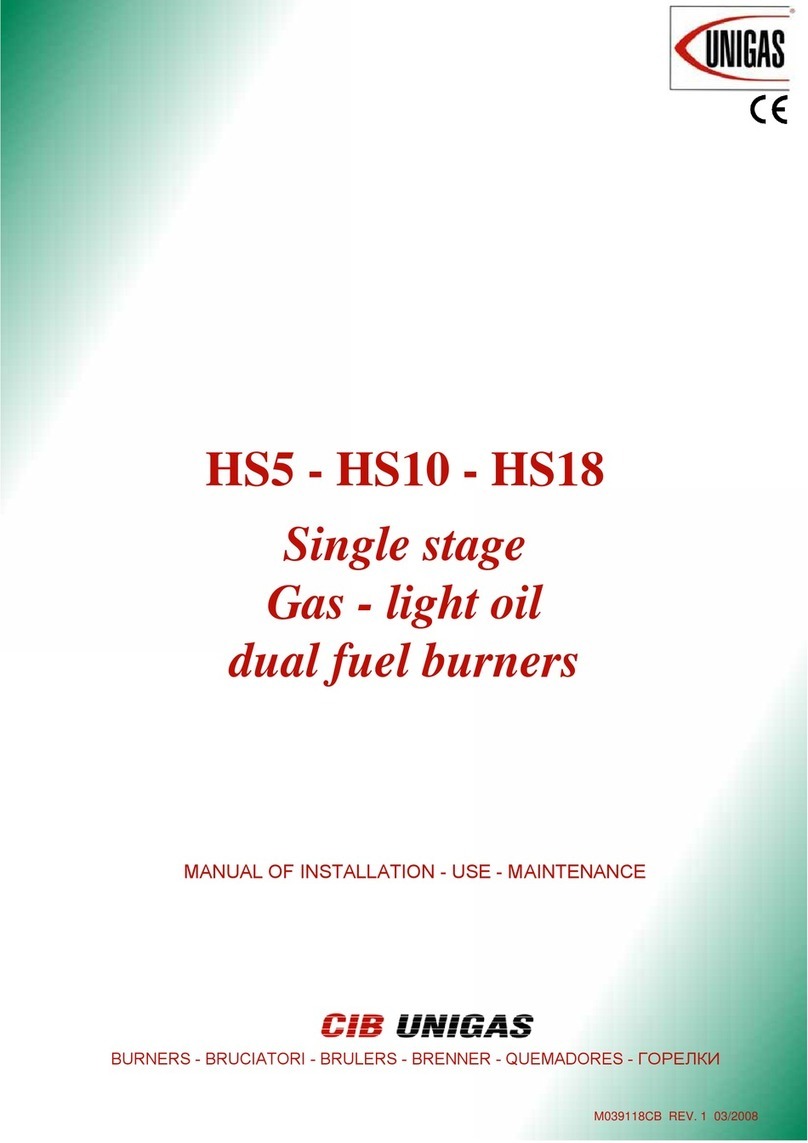
CIB UNIGAS
CIB UNIGAS HS5 Manual of installation - use - maintenance
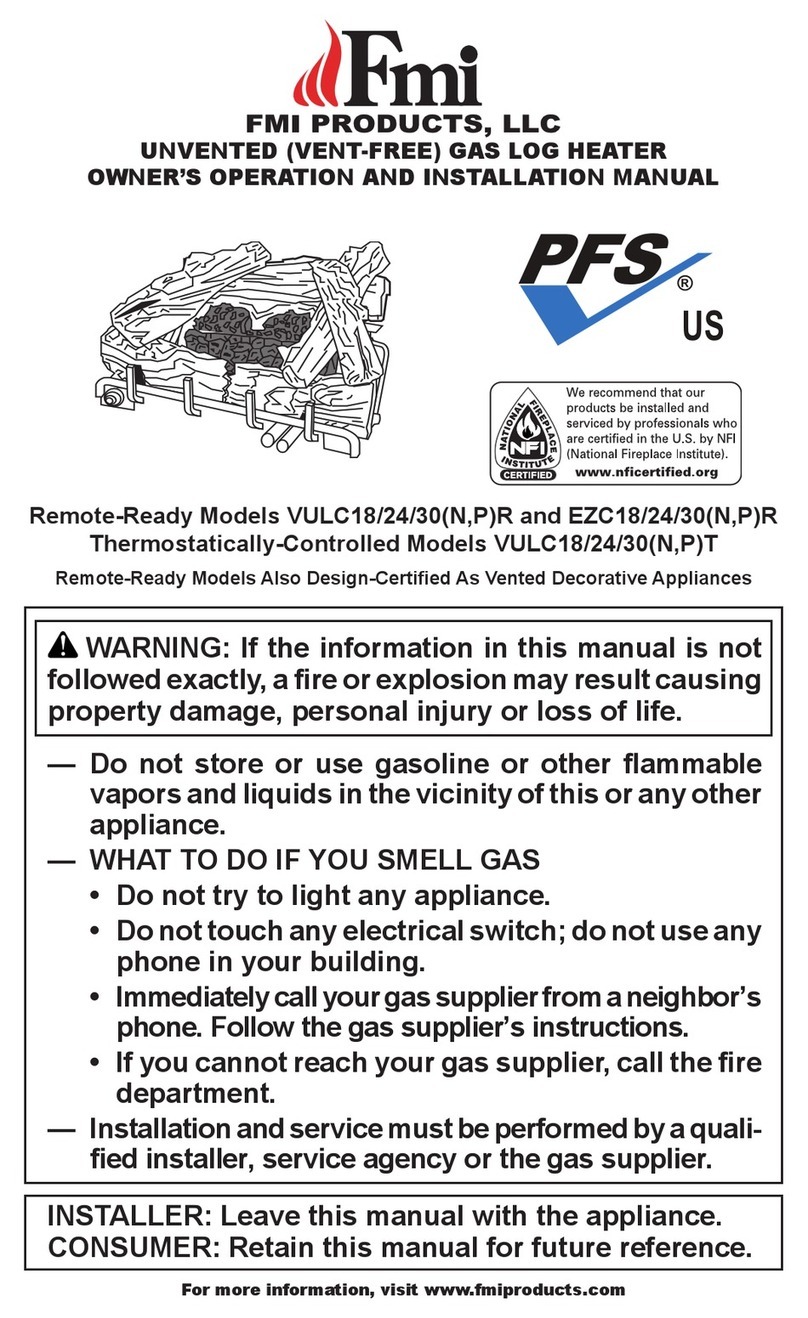
FMI
FMI VULC 18 Series OWNER'S OPERATION AND INSTALLATION MANUAL
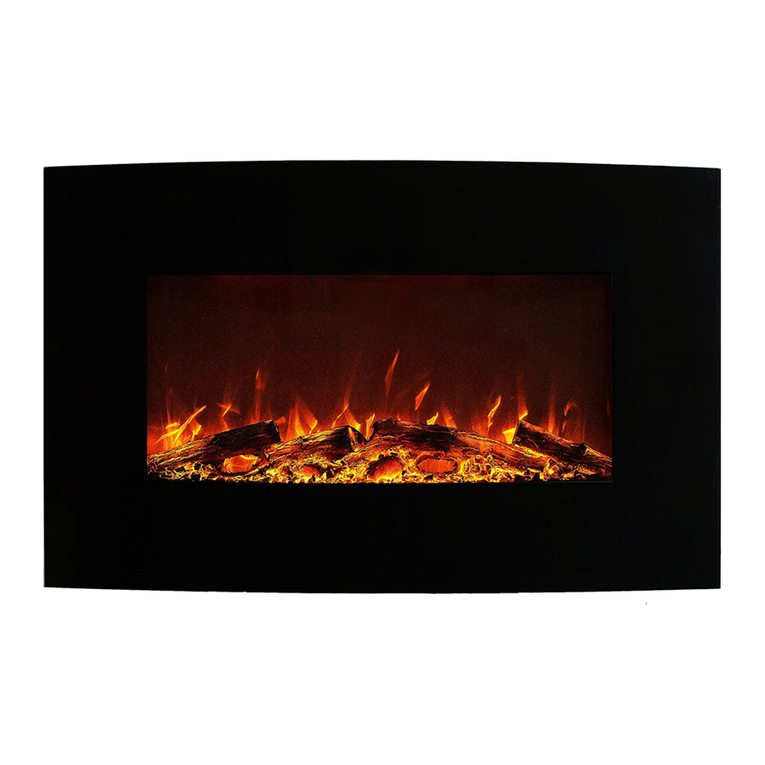
Glow Fire
Glow Fire Jupiter USER GUIDE AND SAFETY INSTRUCTIONS

Dimplex
Dimplex STOCKBRIDGE SKG20BL user manual

Monessen Hearth
Monessen Hearth ARTISAN Series installation manual
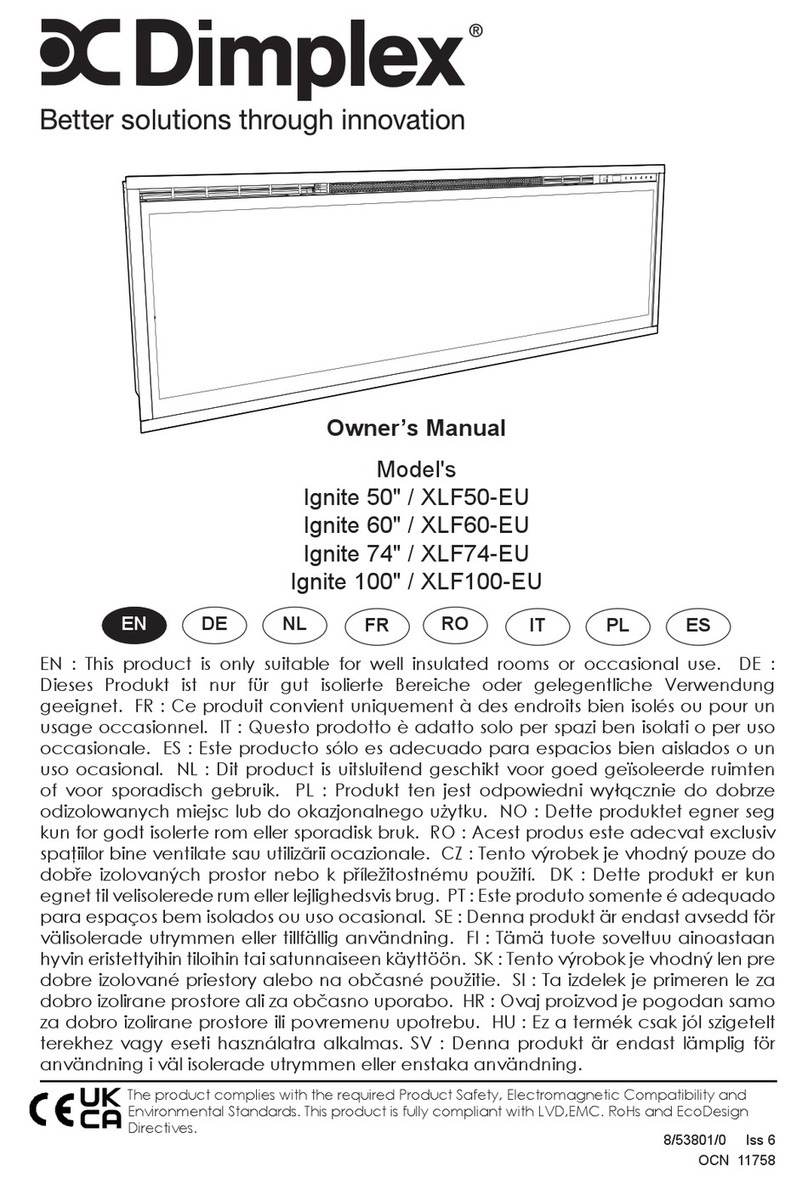
Dimplex
Dimplex Ignite 60 owner's manual
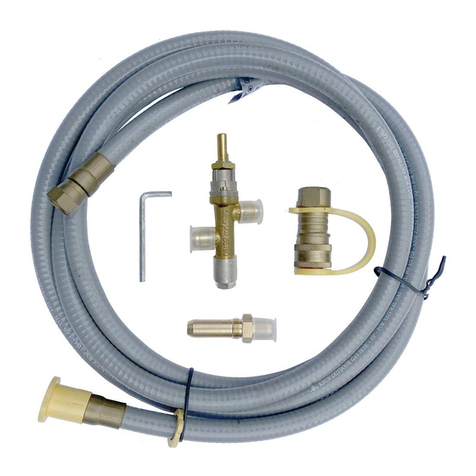
ELEMENTI
ELEMENTI OCK45-NG01-DE manual
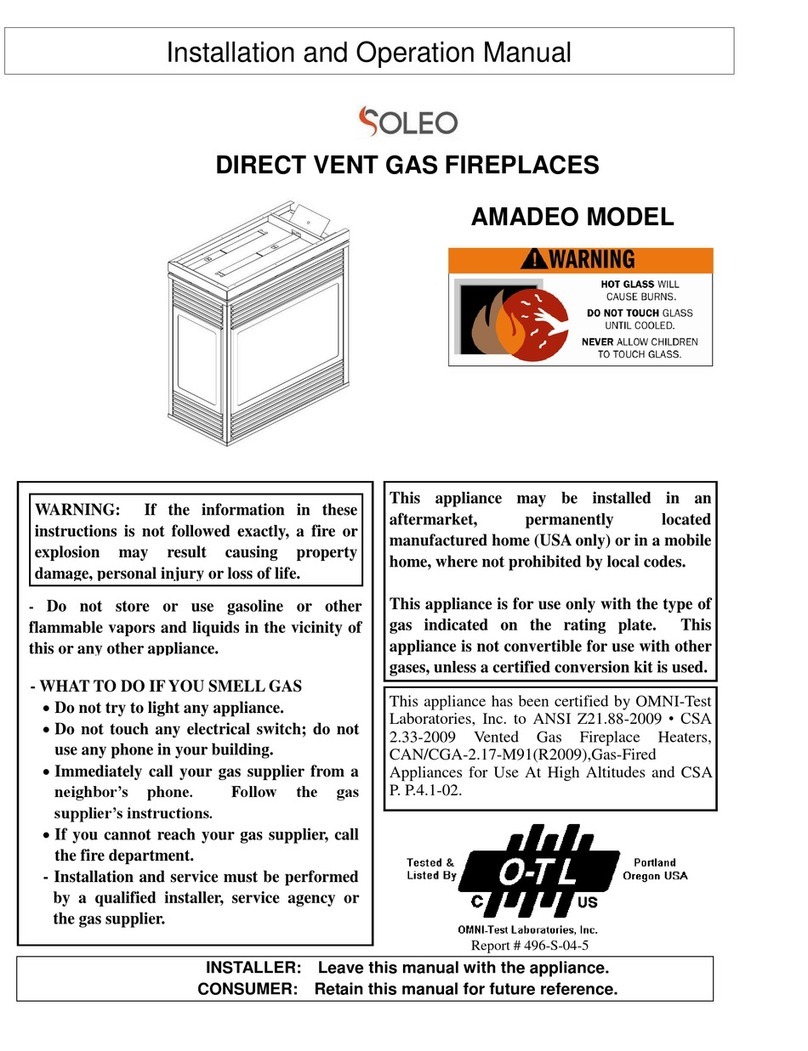
Soleo
Soleo AMADEO Installation and operation manual
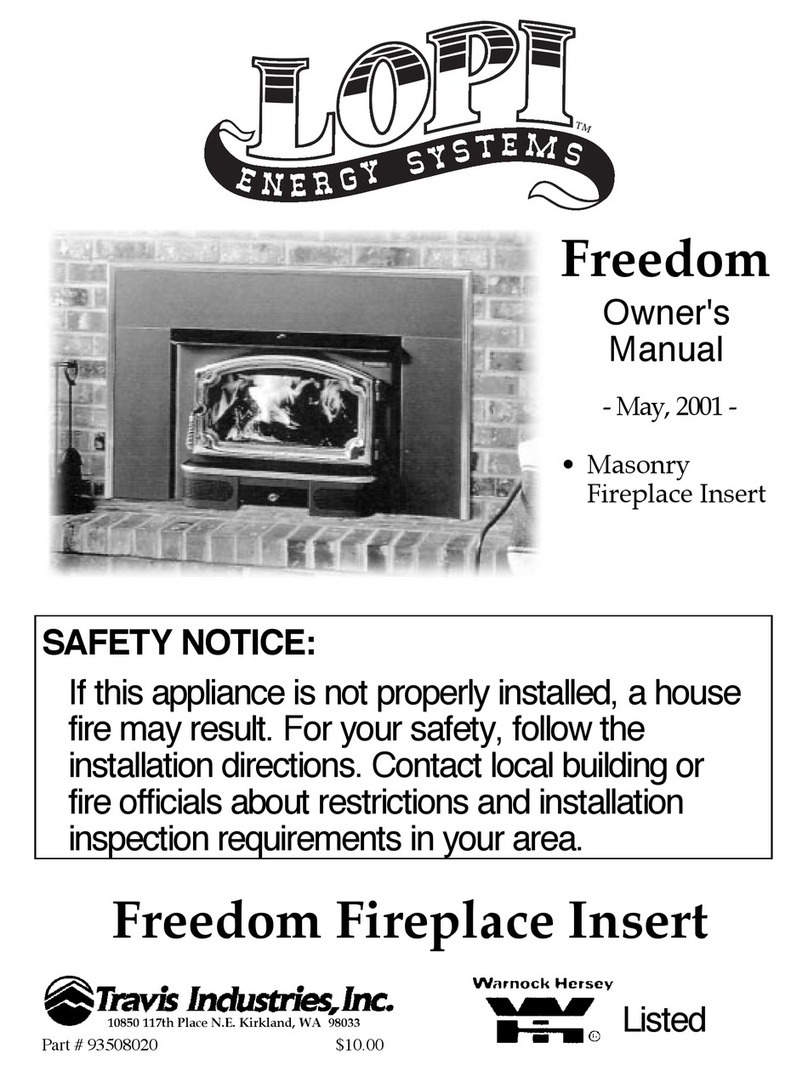
Lopi
Lopi Freedom owner's manual
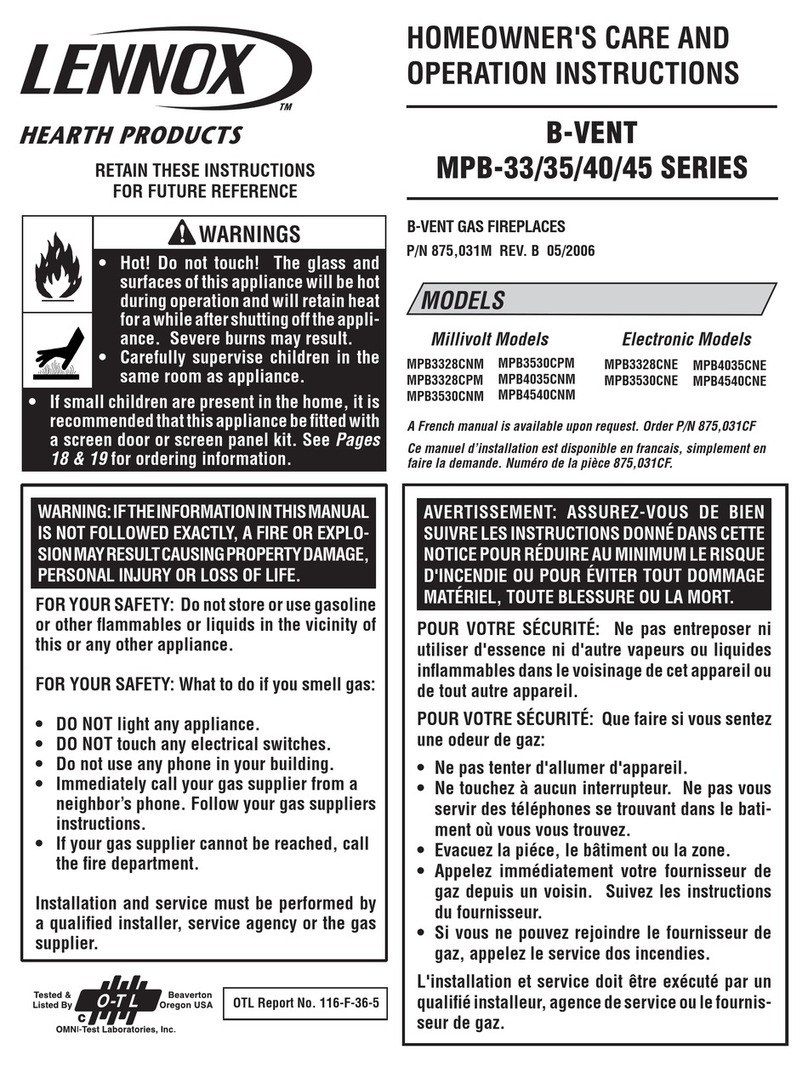
Lennox Hearth Products
Lennox Hearth Products MPB33 Homeowner's care and operation instructions

Napoleon
Napoleon NZ-26 Installation and operation instructions
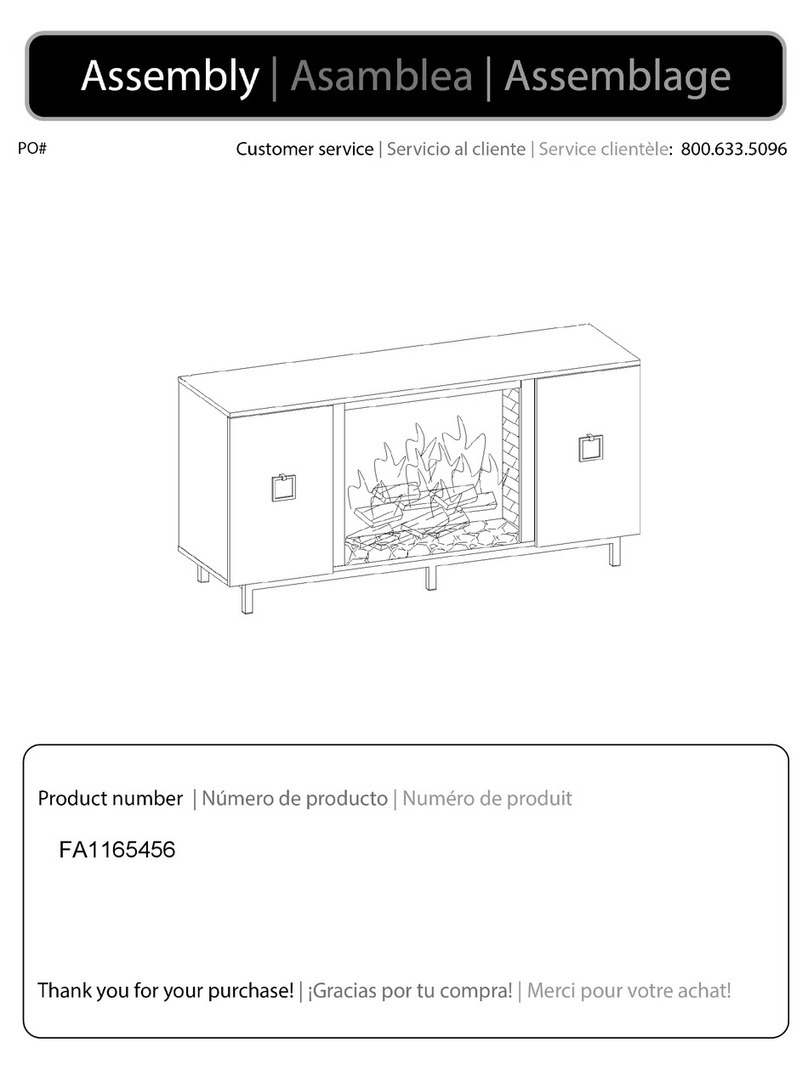
SEI
SEI FA1165456 Assembly
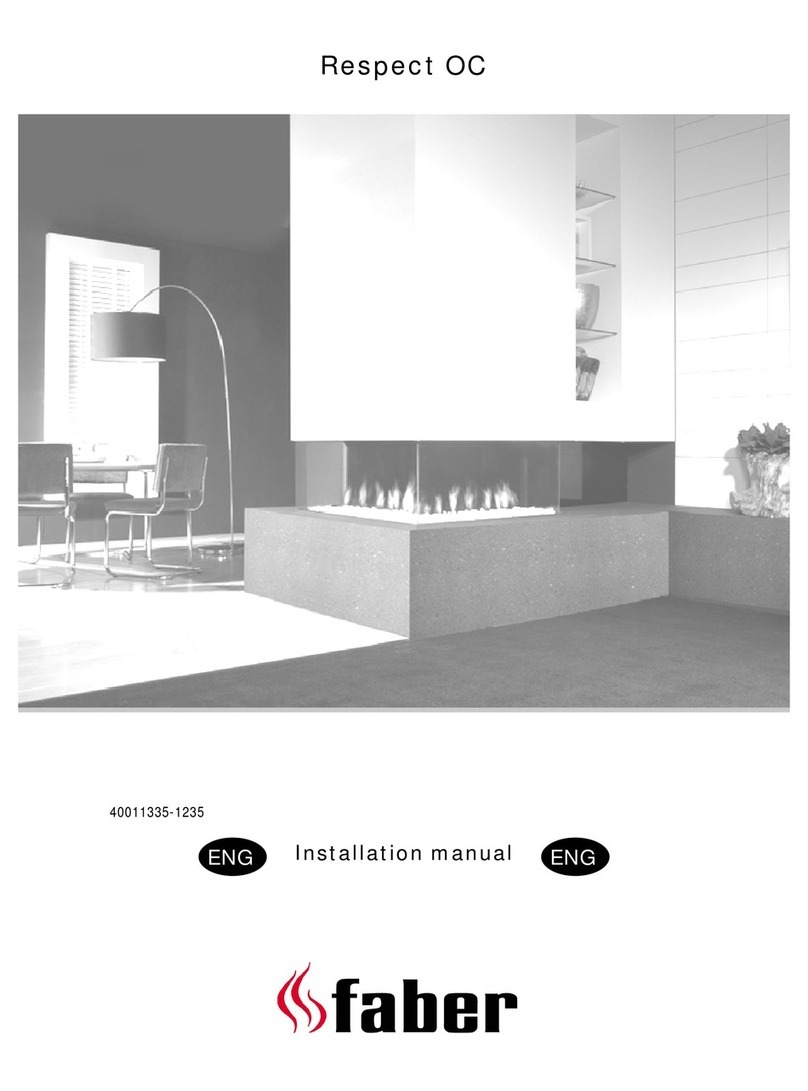
Faber
Faber Respect OC installation manual
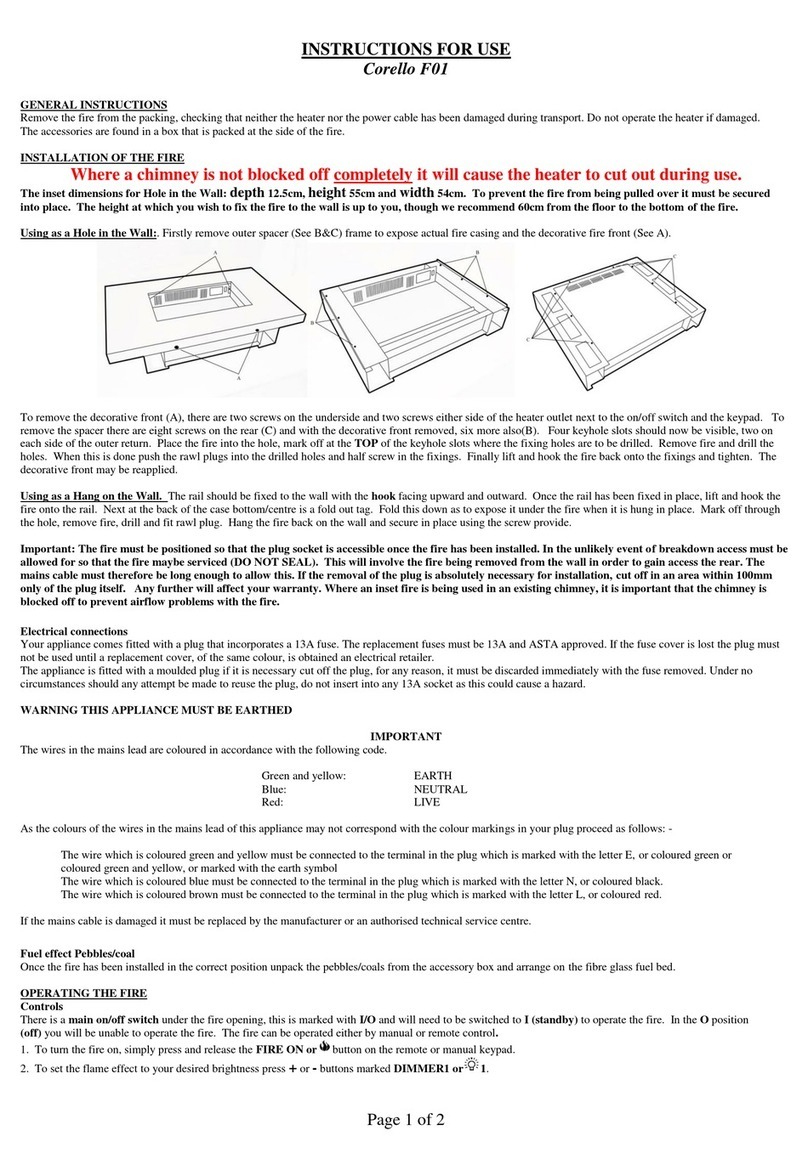
Flamerite Fires
Flamerite Fires Corello F01 Instructions for use

Napoleon
Napoleon BGD34-1NT Installation and operating instructions

Lopi
Lopi ProBuilder 24 CleanFace GSR2 manual

Charlton & Jenrick
Charlton & Jenrick Valor GE3 instruction manual
